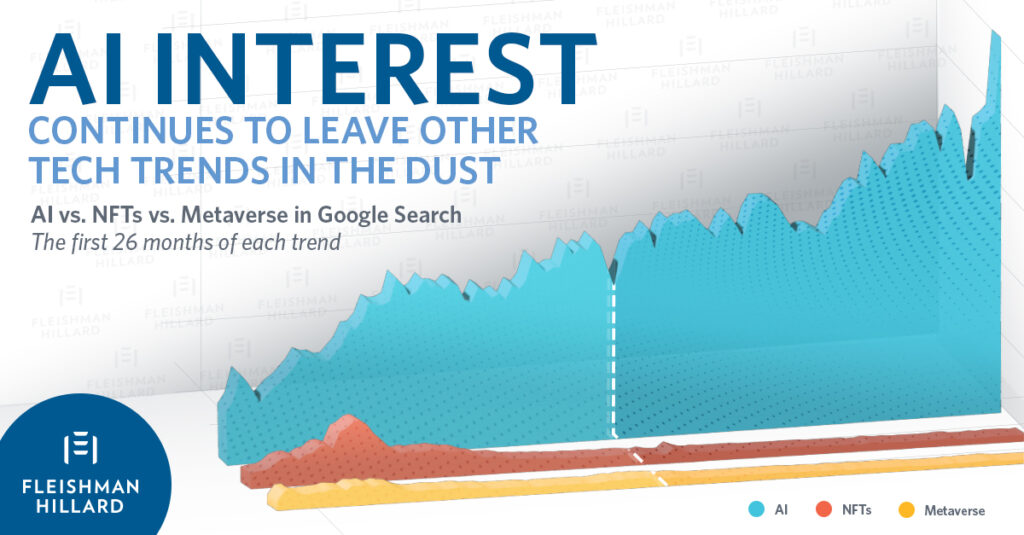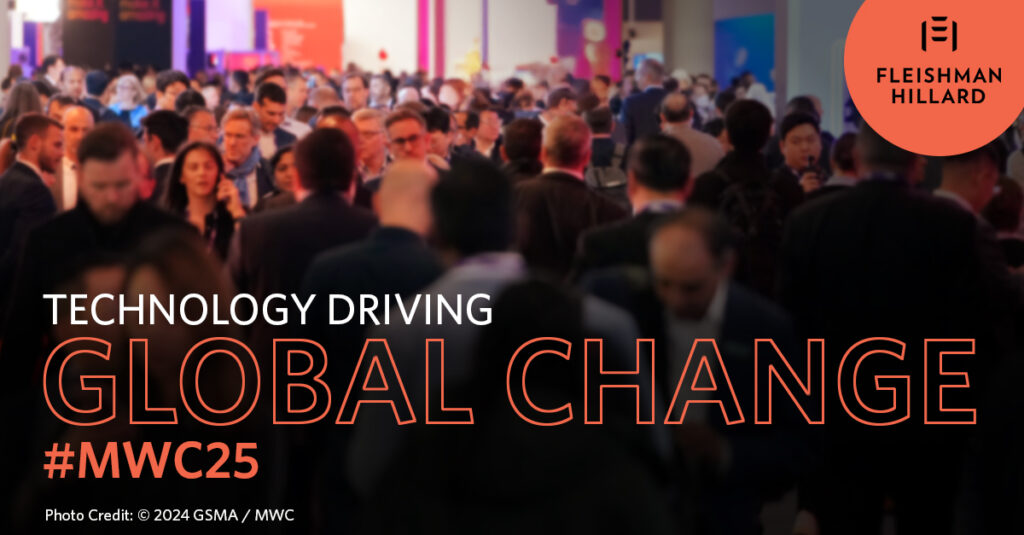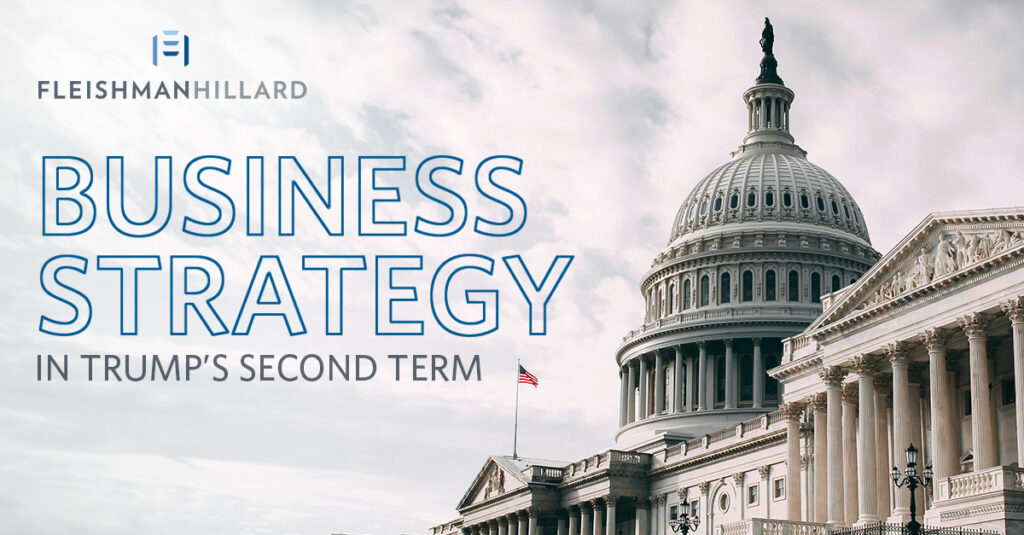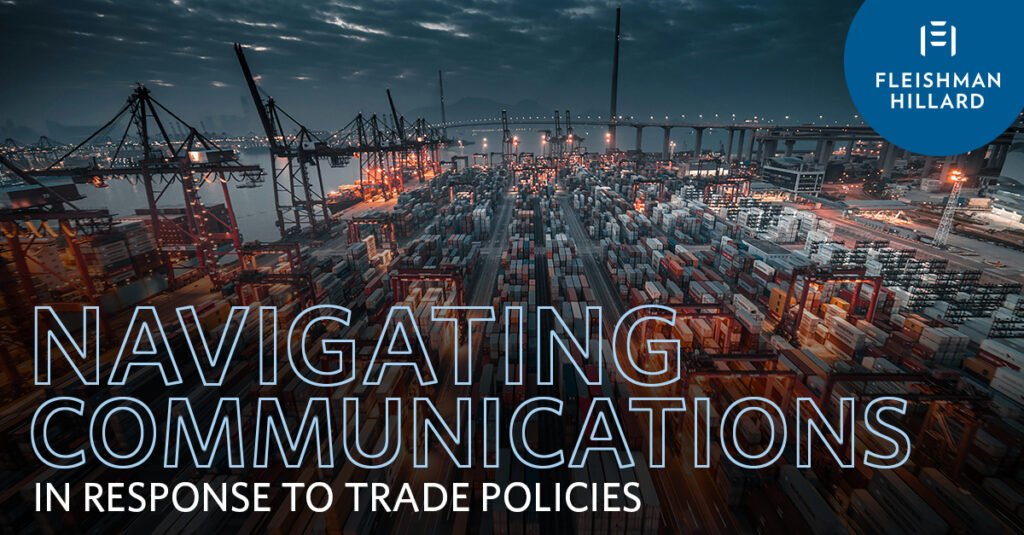Beauty Reckoning: Influence in an Unregulated Creator Hype Cycle

Let’s be honest—skincare today is a battlefield. Consumers are drowning in conflicting advice from TikTok influencers, AI-driven skin “diagnostics” that reinforce impossible standards, and beauty brands scrambling to keep up with the next big thing. We’re in a weird place where ‘clean’ beauty is losing credibility, retinol is being hailed as both the savior and destroyer of skin, and the latest celebrity-endorsed miracle serum seems to promise youth in a bottle.
This played out firsthand at the recent American Academy of Dermatology (AAD) conference, March 7-11 in Orlando. One minute, a leading dermatologist was explaining the science behind skin barrier repair. The next, you open social media to a TikTok-famous influencer telling a crowd that washing your face with sparkling water is the secret to glass skin. The room was split among experts seeking ‘truth’ between claims, young attendees furiously taking notes, and both looking for ‘hauls’ of magic elixirs promising perfection.
The problem: we live in a world where the viral hype cycle of opinions can drown out real dermatological advancements. If brands want to cut through, it’s time to rethink how we communicate skincare. Because right now, consumers aren’t just buying products—they’re buying into narratives. And those narratives are evolving fast.
Nature: Clean Beauty Isn’t Enough Anymore
For years, the industry pushed ‘clean beauty’ as the gold standard, but consumers are catching on. The reality? ‘Clean’ is a vague, unregulated term, and people are starting to demand proof, not marketing spin. TikTok’s #DermTok community (which has amassed over 3.5 billion views) is full of dermatologists debunking myths around “chemical-free” skincare and exposing how some ‘clean’ products are actually stripping the skin barrier.
And yet, consumers still want natural ingredients. A 2023 McKinsey report found that 72% of consumers prioritize plant-based skincare, but 60% also demand clinically proven results. This is the gap brands need to bridge: science-backed nature, not just nature for the sake of marketing.
The Fix: Brands need to avoid greenwashing and start showcasing real clinical research, in real meaningful ways. We should be treating skincare the way we treat medicine—proving efficacy through transparent, digestible education instead of vague ‘better for you’ claims.
Nurture: Why Skincare Can’t Just Be About Products
Here’s an uncomfortable truth: skincare isn’t just about what you put on your face. A recent Journal of Investigative Dermatology study found that 40% of visible skin aging is influenced by lifestyle factors like stress, diet, and sleep. But the industry has conditioned consumers to believe they can fix all their skin concerns with a single serum. That’s why TikTok trends like #SkinCycling (with over 3 billion views) and #GutHealth (with 5 billion views) are exploding—people are realizing that their skin is a reflection of their overall health.
And yet, brands rarely talk about this. Why? Because it’s easier to sell a cream than to tell people to drink more water and get eight hours of sleep.
The Fix: Brands need to own the full picture of skin health, and its emotionally roots. That means integrating lifestyle education into content strategies—partnering with nutritionists, sleep scientists, and even mental health experts to provide a holistic view. Optimizing for audience, search and relevance – while also being brave and honest in how we deliver authentic expertise.
The Artificial: How AI and Perfection Culture Are Ruining Skincare
We are living in an era where AI can analyze your skin and tell you everything that’s ‘wrong’ with it in seconds. While personalization should be a game-changer, the reality is that most AI tools are trained on flawless, filtered datasets, reinforcing unrealistic beauty standards. Especially among Gen Z, AI-driven beauty filters are distorting self perception of their own skin.
As weight-loss advancements redefine celebrity aesthetics, we’re seeing a shift towards tighter, sharper, ‘snatched’ faces—perpetuating anxiety about aging and ‘volume loss.’ Suddenly, skincare isn’t just about hydration. It’s about preventing the hollowing-out effect.
The Fix: Brands must push back against AI-driven beauty dysmorphia. That means showcasing real, unfiltered skin in campaigns and rejecting the idea that ‘fixing’ skin is the goal. Instead, messaging should shift toward long-term skin health and resilience, not flawlessness. And the creators who deliver those messages for your brand should go beyond mass reach influencers to identify the niche, credible voices who have real sway over the audience.
The Role of Influencer Marketing: Part of the Problem, or the Solution?
Let’s call it like it is: poorly executed influencer marketing helped give rise to the saturated social environment where anyone can claim expertise, and unfettered claims can go unchecked. We—brands, agencies, and marketers— spent years partnering with people who look perfect, and yet maybe know little about real skin health. We’ve rewarded viral trends over real education, leading to a landscape where the person shouting the loudest (not the one with the best information) wins.
That has to change. And not just for ethics—it’s a business necessity. A 2024 Nielsen report found that consumers are 46% more likely to trust influencers with professional expertise over those known for aesthetics alone. That means the future of beauty influence won’t be just about who looks the best on camera—it will be about who can teach consumers something real.
The Fix: The influencer economy needs a reset. Brands should prioritize long-term partnerships with skin experts, credible educators, and everyday people with authentic skincare journeys—not just models with good lighting. The era of ‘perfect’ influencers is fading, and brands that embrace realness will be the ones that win both cultural relevance and commercial success. Even in the era of AI adoption, consumers still do and will always crave authenticity.
So, How Do Brands Win?
- Show receipts. Science-backed skincare isn’t optional—it’s necessary. Brands that transparently share clinical results will win trust in an era of misinformation.
- Expand beyond the bottle. Skincare isn’t just about topicals anymore. Brands that educate on the full lifestyle equation—diet, stress, sleep—will create stronger consumer connections.
- Call out the BS. Push back against harmful AI trends, influencer-fueled misinformation, and unrealistic beauty ideals. Be the brand that says, “Hey, your skin is supposed to have texture.”
- Reframe anti-aging. Ditch the fear-based language around aging. Talk about healthy longevity, not ‘fixing’ wrinkles.
- Redefine influence. The future isn’t about who has the most perfect skin—it’s about who has the most useful knowledge, and how we deliver it in a way that bridges the gap between highly-engaged creators and unexpected experts.
The Bottom Line: Skin Health > Skin Perfection
The brands that will lead the future of beauty won’t just sell products—they’ll sell truth. Skincare needs a reality check, and the companies bold enough to have that conversation will be the ones that rise above the noise.
Because at the end of the day, the future of skincare isn’t about looking perfect. It’s about living well. And that’s the story worth telling.
Cameron a Senior Vice President & Partner of Brand Impact.








